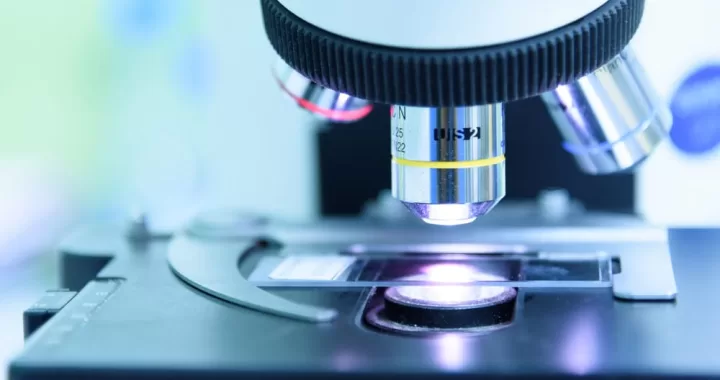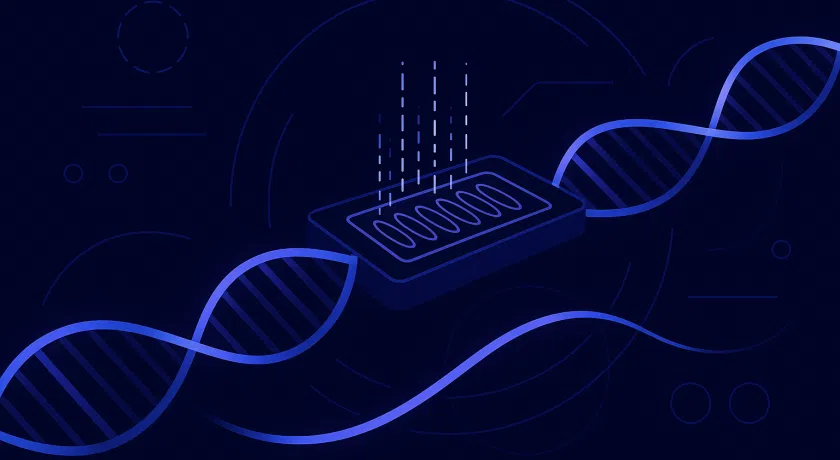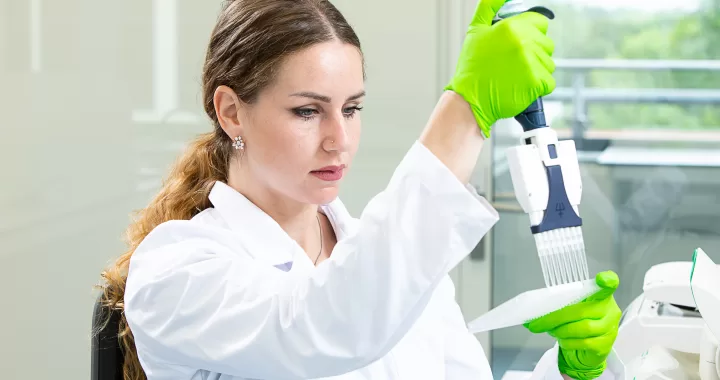
Visium Spatial Gene Expression is a spatial transcriptomics solution by 10x Genomics. In a previous blog post, we explain more about spatial transcriptomics in general, which you can read here.
Here, we’ll provide you with a quick overview of the Visium Spatial Gene Expression solution, which we recently started offering as a service.
A spatial transcriptomics solution
Since Visium Spatial Gene Expression is a spatial transcriptomics solution, you can analyze the transcriptome within the tissue context.
It is an in situ capturing method, which means that the transcript is captured within the tissue, followed by sequencing outside the tissue. This approach allows you to trace back the RNA transcripts to their original location.
The solution can be applied to both fresh-frozen and FFPE tissue sections, with slightly different protocols.
Applications
Like any other spatial transcriptomics method, Visium can be applied if the spatial context of the tissue is required to answer the biological question.
So, if you are interested in where a particular gene is expressed or where a specific cluster is located, Visium could be the method for your project.
If you have fresh-frozen tissues, Visium Spatial Gene Expression can be applied to all mRNA-containing tissues. 10x Genomics has optimized tissues for human, mouse, rat, and zebrafish.
If you work with FFPE tissue, Visium can only be applied to human and mouse tissues.
How it works
Visium Spatial Gene Expression works with cell capture slides that contain four capture areas with 5,000 barcoded spots. These barcoded spots include capture oligonucleotides that bind to the RNA in the tissue.
Each barcoded spot captures the transcripts from 1-10 cells. So, Visium Spatial Gene Expression is not a single-cell method, but it provides you with high-resolution transcriptomics data.
The tissue sections are placed onto the capture areas, stained with H&E or IF staining, and imaged. Then, the tissue is permeabilized to release the mRNA so it can be captured.
The captured mRNA is now synthesized into cDNA, and sequencing libraries are prepared.
Results
The transcriptomics data contains the spatial barcode from the spot on the Visium slide, which allows you to link transcripts to their location on the slide.
To perform data analysis, 10x Genomics has provided users with a pipeline called Space Ranger. The data can also be loaded into the visualization software by 10x Genomics, called Loupe Browser.
This was a brief overview of the 10x Genomics Visium Spatial Gene Expression solution. Find out more on how we offer this as a service on our page.


